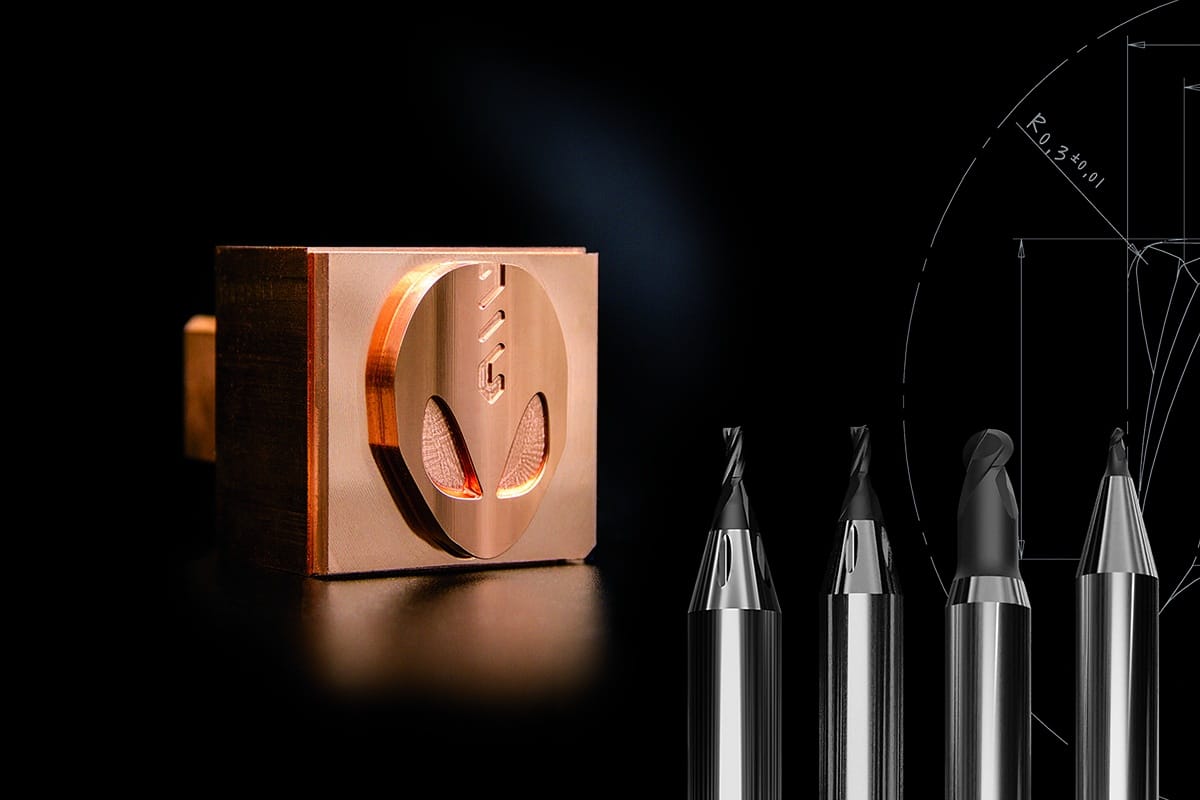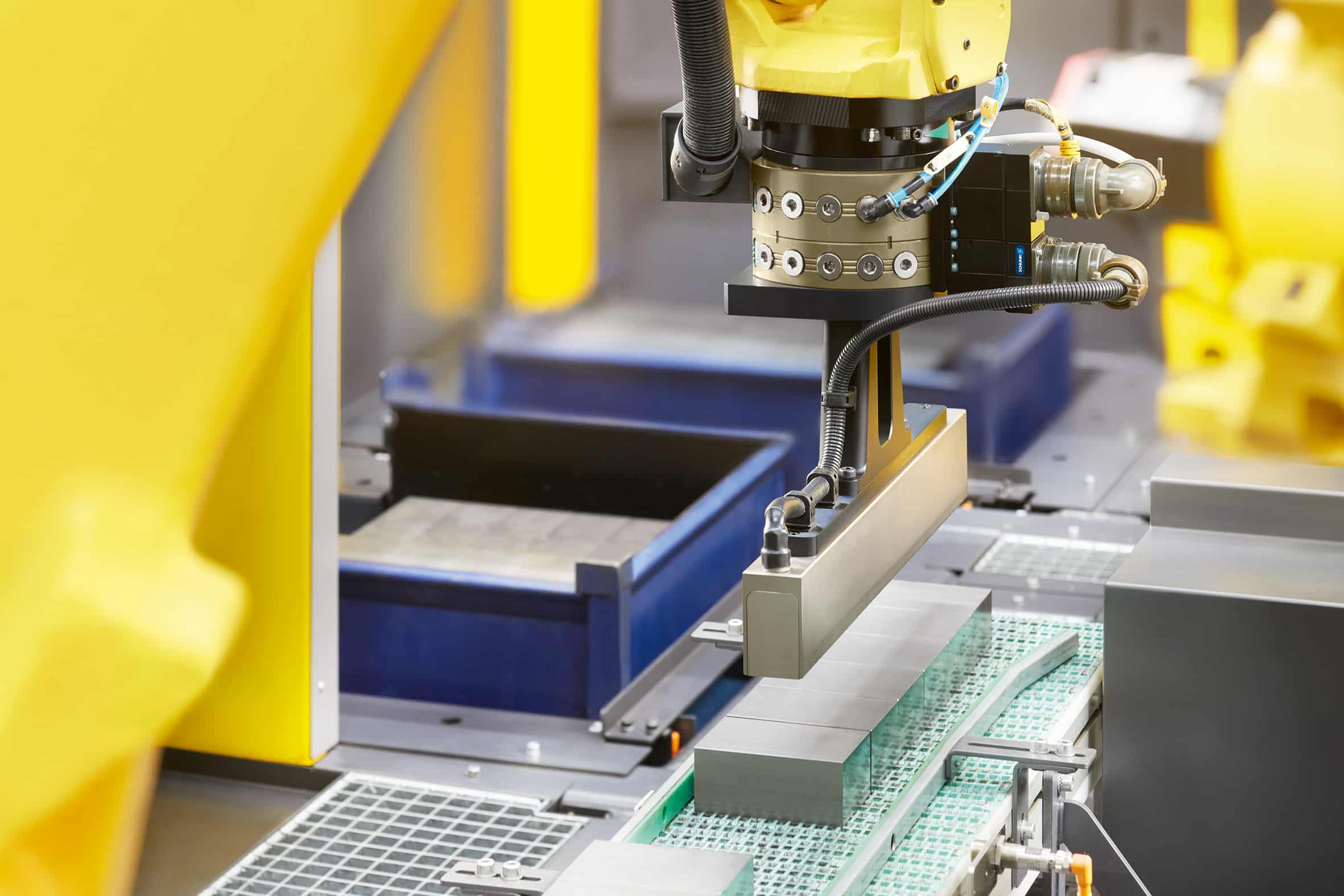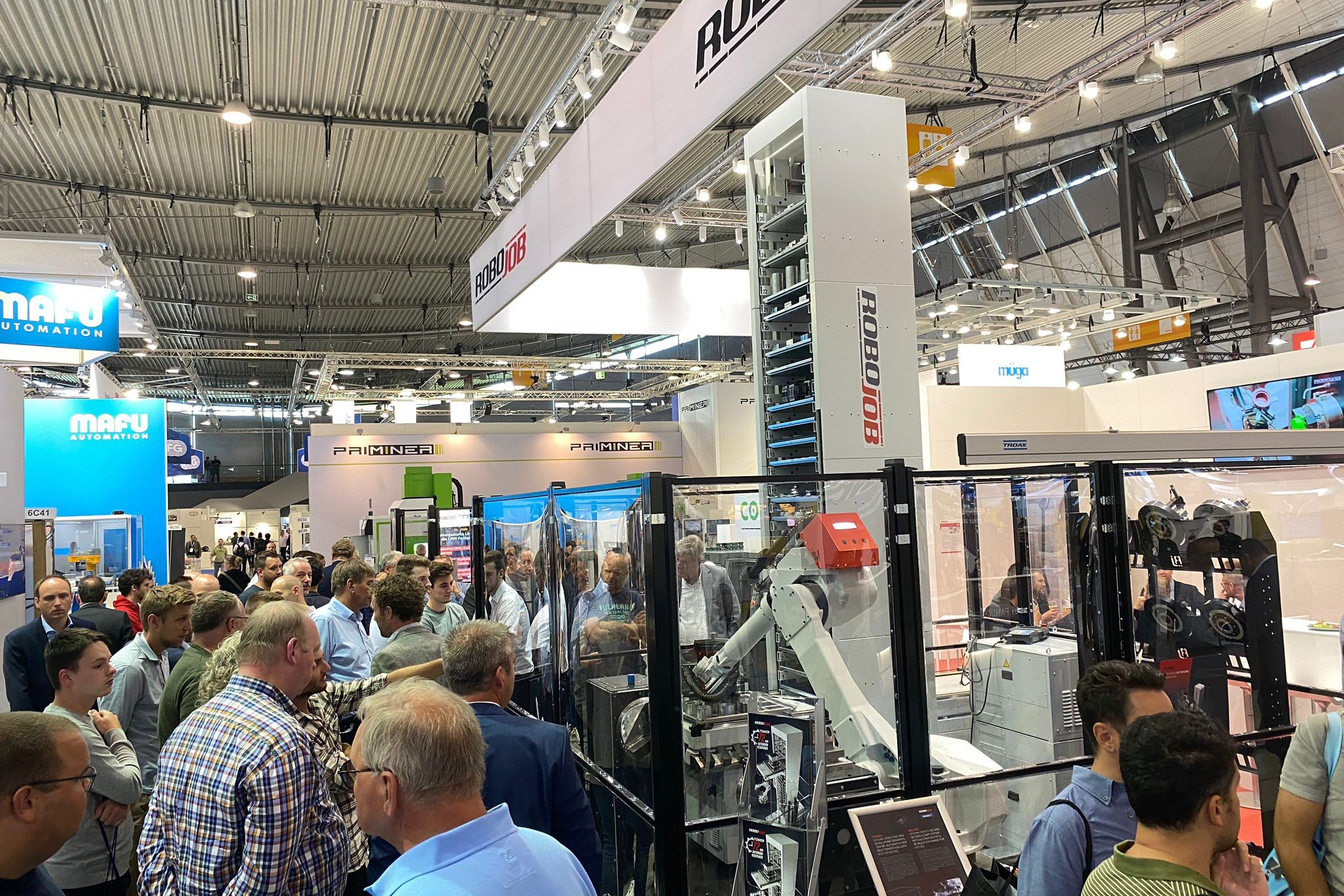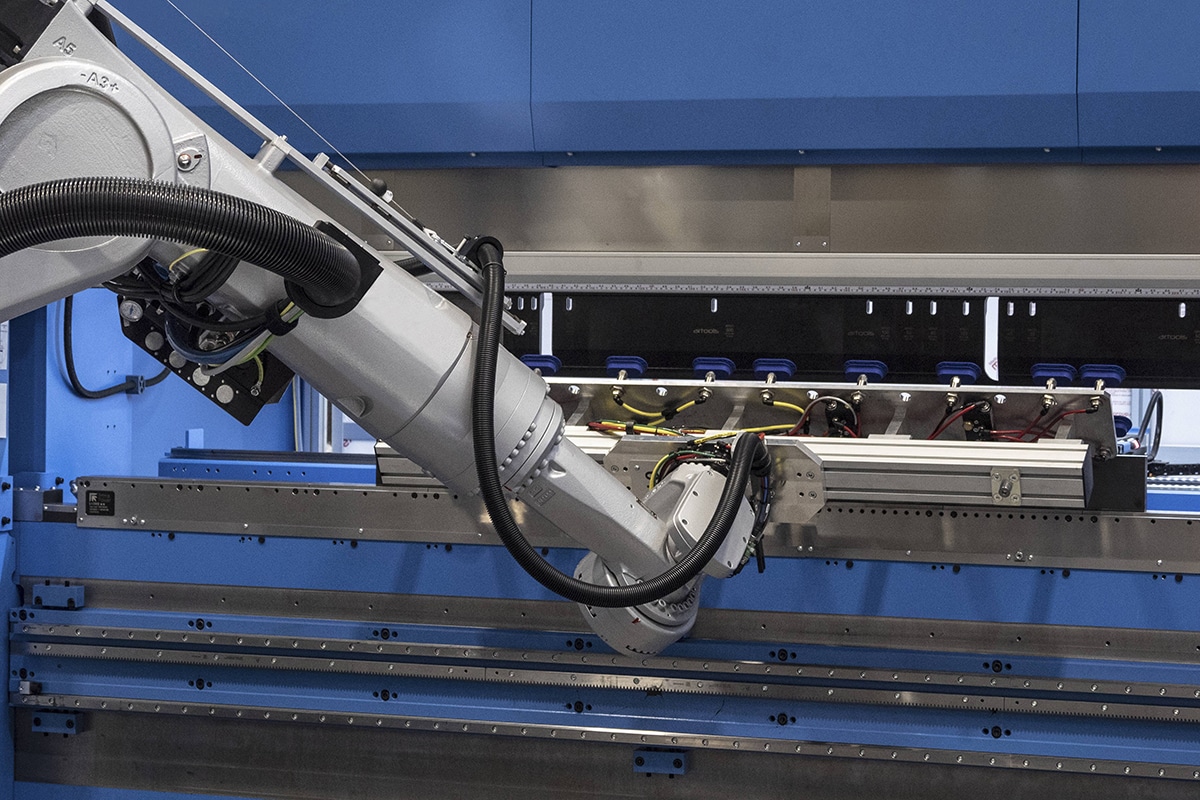
Repair of an engine block in ductile iron
Lastek therefore compiles in this article some important tips & tricks to still achieve a nice result when repairing a hole in the wall of an engine block.

An engine block is made of ductile iron. Ductile iron is an alloy of mainly iron and carbon, to which substances such as silicon and magnesium may be added. In an engine block, it consists of an iron matrix in which, due to slow cooling and solidification after casting, the carbon present is excreted as free graphite. This occurs either in the form of platelets (lamellar or gray cast iron) or as spheres called nodules (ductile cast iron). It is precisely the presence of these graphite secretions that is at the root of the difficulties and problems in welding cast iron. Although cast iron has a high compressive strength, its ability to absorb tensile stresses is limited. Toughness and elongation capacity are limited.

Hard and brittle structure causes problems
The structural changes and hardening phenomena that occur as a result of the welding heat are also elements that adversely affect the weldability of cast iron. Because of the heat input, a certain amount of the base metal is melted. An admixture of carbon with the filler metal occurs. In the weld pool, the carbon present will dissolve completely. When the weld pool solidifies after welding and cools relatively quickly, however, the dissolved carbon will not be able to re-release itself as graphite, but will remain bound as carbide. The result? A hard, brittle structure develops in the weld material. A similar phenomenon occurs in the heat-affected zone (WBZ). The shrinkage stresses do cause these carbides and their hard brittle structure to crack quickly. Thus, for good results, it is best to limit heat input and allow the product to cool slowly. So how successful the cast iron repair will be depends largely on the choice of filler material.

Welding the engine block
To repair the hole in the wall of the engine block, a plate made of S235 steel with the same wall thickness is welded into the cast iron. As preparation, it is best to gouge with Lastek 1900. Unlike grinding, this will remove all impurities such as oil. Then clean the surface with a steel brush. The sheet of S235 is cut according to the shape of the hole, the corners are rounded and the sides of the sheet and the hole are machined at an angle of about 70° with a hand router. Use the Lastek 41E to join both pieces or Lastek 40E when 100% machining is required afterwards. Apply "cold" welding: if the temperature between successive welds is limited to hand heat, the formation of carbides will not occur and shrinkage stresses are also minimized. To limit the temperature, one should:
- Do not preheat the workpiece.
- Low heat input welding: low welding current and short welds (25 to 40 mm).
- Ensure even temperature distribution in the workpiece: staggered welds, welding in pilgrim pass and allow sufficient cooling time between welds.
- Use welding deck 41E or 40E: the pulse operation ensures a short cooling down period each time during welding.
Finish
To eliminate shrinkage stresses, each weld bead is hammered. The entire piece must be allowed to cool slowly. Preferably cover it with a welding blanket. After complete cooling, perform another penetrant test to ensure that the engine block 100% is leak tight.

Conclusion
Repairing a damaged engine block made of ductile iron can be done perfectly if the rules of cast iron welding are followed and the correct welding alloy(s) are used. Lastek offers both the advice on how to proceed and the resources to successfully complete similar repairs or repairs to any type of cast iron.



